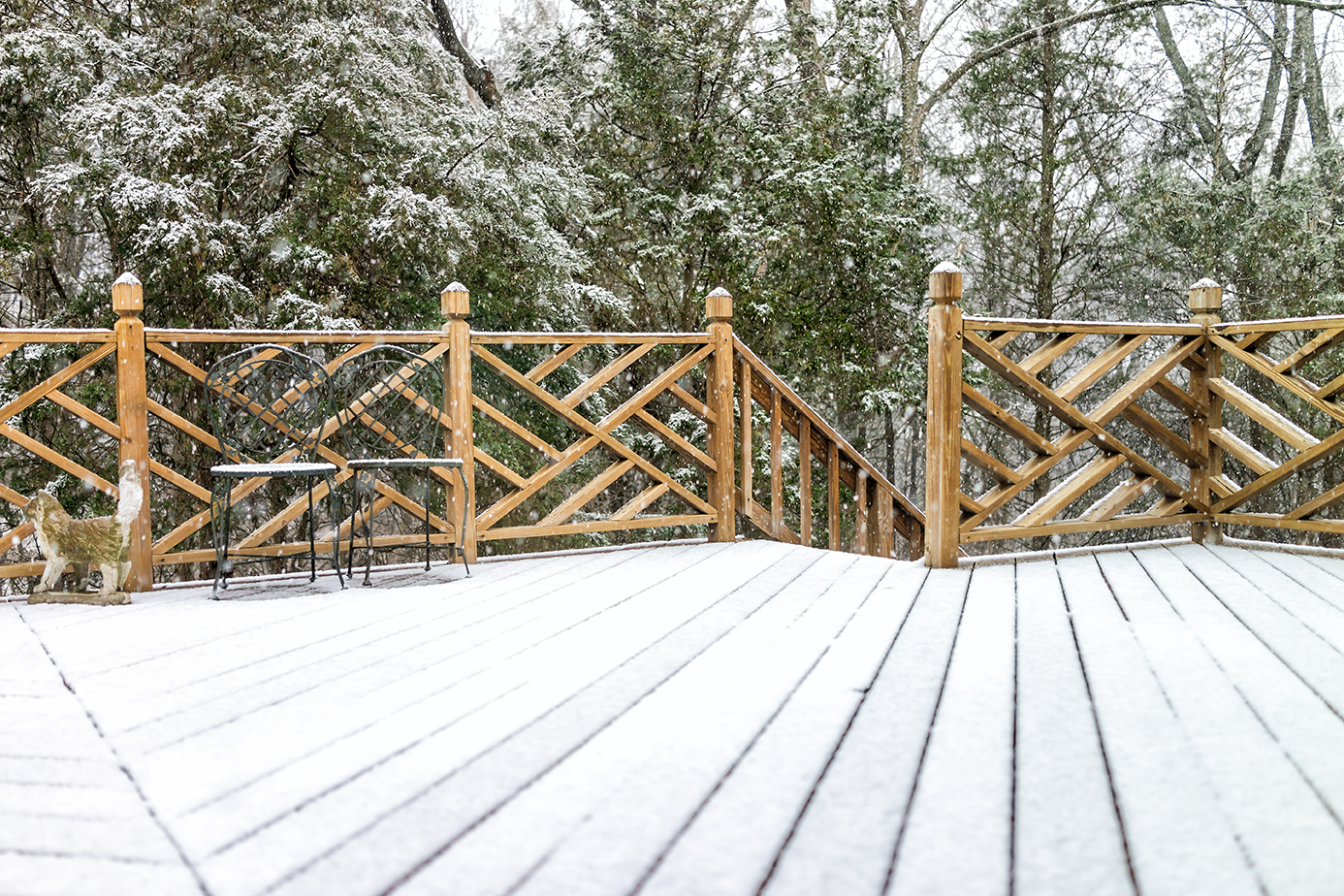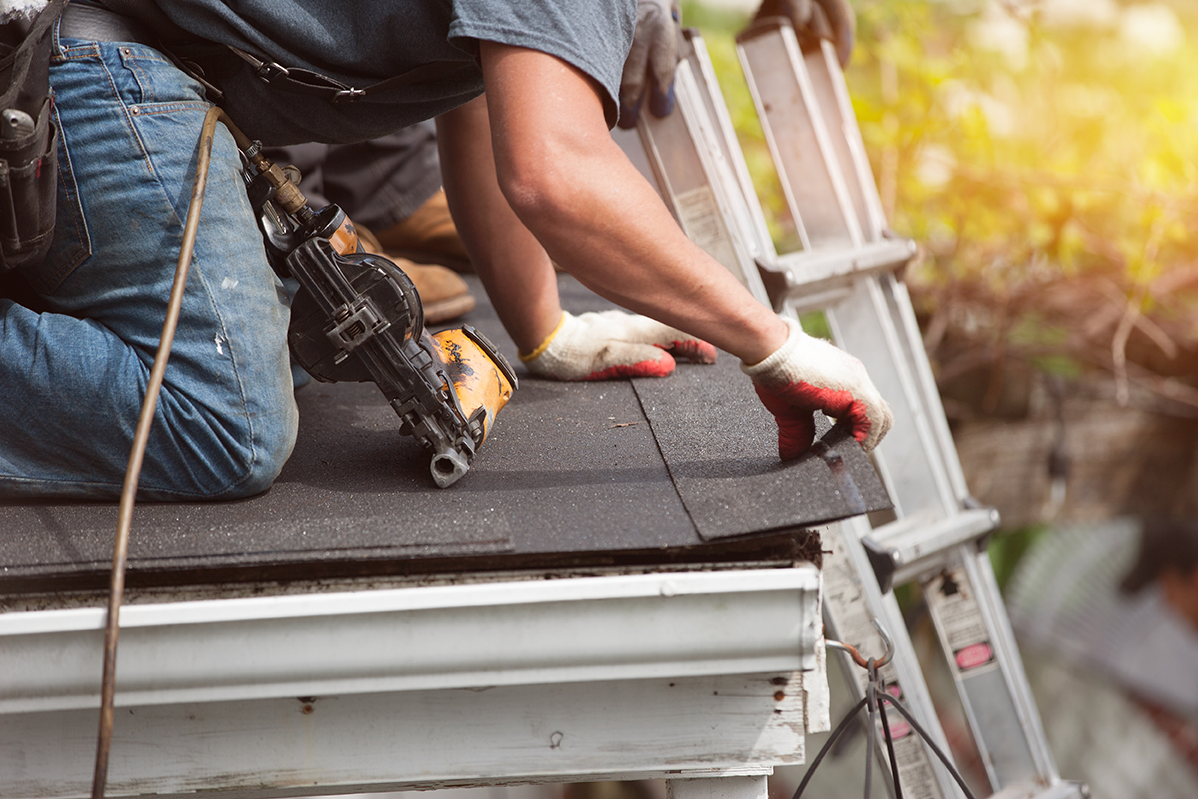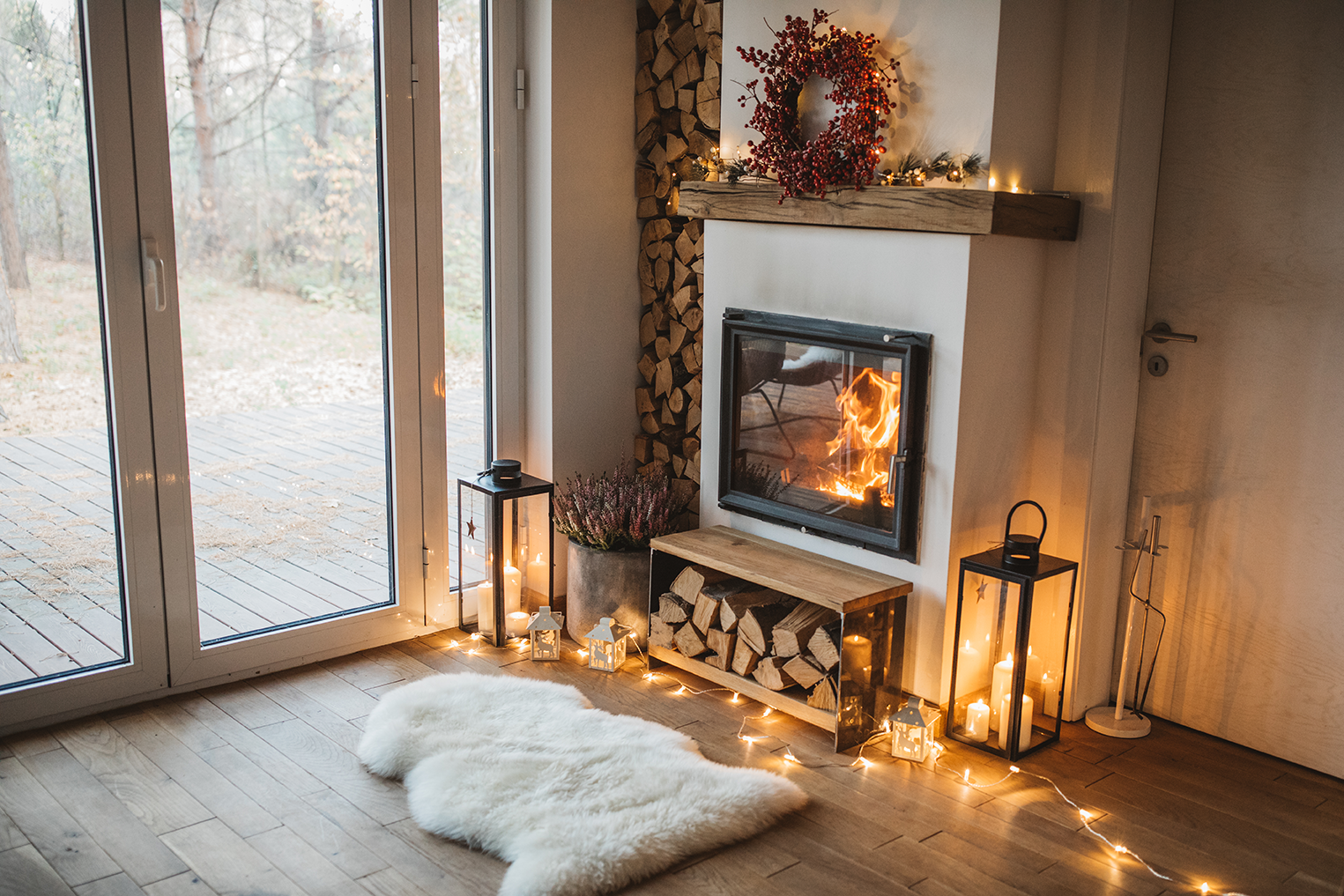Five Ways to Weatherproof Your Home for the Winter
In colder climates, protecting your home from the elements is essential. Many regions are subjected to weeks, if not months, of freezing temperatures, snow and ice. Winterizing your house will protect your home from freezing weather and all the problems that come along with it.
Protect your home from the elements and retain your curb appeal with a few simple tasks that you can easily do over a few weekends. Make some time before temperatures drop too much in your region to properly weatherproof your home for the colder months.
1. Add Insulated Siding

Good insulation is key to keeping your home warm, cozy and weather-proof during the colder months. While there are many ways to upgrade the insulation of your house, many long-term homeowners are taking steps to invest in insulated siding. CraneBoard®Solid Core Siding is a cost efficient, long-term solution to beating the cold. Long-lasting, weather-proof, durable and aesthetically pleasing, homeowners are choosing insulated siding for a reason: CraneBoard® is low maintenance, withstands temperature fluctuations and hurricane force winds, and is built to last. Insulated siding is a low-effort and highly functional option that will keep the cold weather out of your home for years to come.
2. Protect Outdoor Living Spaces

Outdoor living spaces are especially susceptible to wear and tear in winter weather. Areas like patios, porches and screened porches will bear the brunt of the cold, snow and ice. Water and ice can damage patio stone, ruin outdoor furniture and destroy wooden outdoor structures. Be sure to cover or put away outdoor furniture and grills. Empty and stow outdoor hoses to prevent damage. Choose low maintenance decking materials, such as Zuri Premium Decking, which require no upkeep, retain their beauty, and stand up to harsh winters. Royal’s weatherproof PVC and vinyl materials can keep your outdoor spaces looking fresh and in top shape for longer.
3. Inspect the Roof

Inspect your roof prior to the winter months to check for damage caused by summer storms, wind and falling tree limbs. If you have never inspected your own roof, it’s recommended to hire a professional which is relatively inexpensive. The roof inspector will look for missing or damaged shingles, damaged flashing and cluttered gutters. Flashing around the chimneys and other roof projections can be common sources of leaks and should be repaired if necessary. Gutters and downspouts may trap debris and leaves to and clog.
When wet leaves remain in gutters over the winter, they add significant weight and volume when frozen. This can increase the risk of damage to the siding and roof of your house.
4. Check Doors and Windows

Most leaks in the house that let in cold air and moisture happen around doors and windows. While checking the outside of the house for cracks and holes, pay special attention to the details around the doors and windows. If your doors and windows have screens in during the warmer months, consider removing the screens and replacing them with storm windows to further insulate your house and protect it from moisture damage and ice. Inspect the outside moldings around doors and windows. Check for air leaks, clean the window tracks of any debris that may interfere with seals, and repair any missing or damaged sealant with caulking. Because it is more resistant to temperature changes and weather, you will have an easier time preventing cracks and leaks around entry points.
5. Prepare the Fireplace and Chimney

We tend to completely ignore our wood-burning stoves and fireplaces during the warmer months, but chimneys can be a source of cold air leaks and other issues in the winter. Be sure to service and inspect your chimneys before winter weather sets in. Clear any obstructions, check the damper for functionality, check the chimney draft, inspect the firebrick in the fireplace and have the chimney properly cleaned. This will all ensure that the fireplaces and wood stoves are in good condition for the colder months, while guaranteeing that they aren’t letting in more of the elements than they need to.
Weatherproofing your home for the cold weather is an important task to add to your fall to-do list. Take care of these elements before winter so you can enjoy the snow in the cozy comfort of your home.







